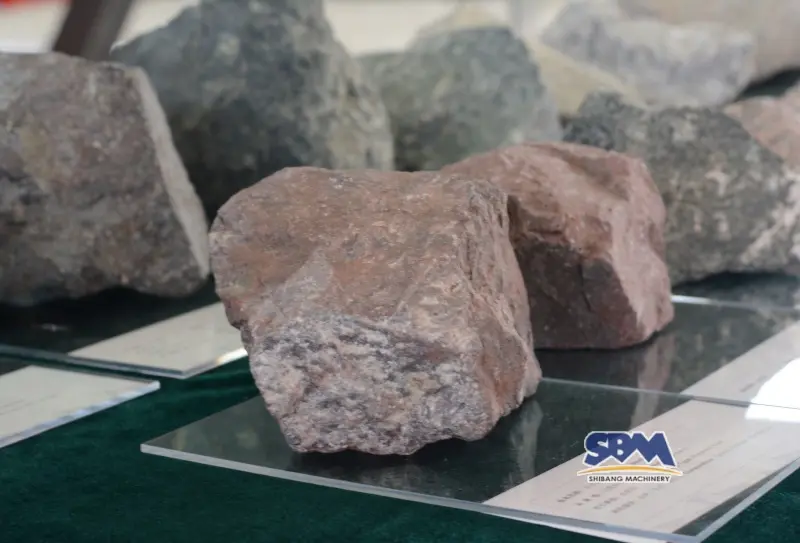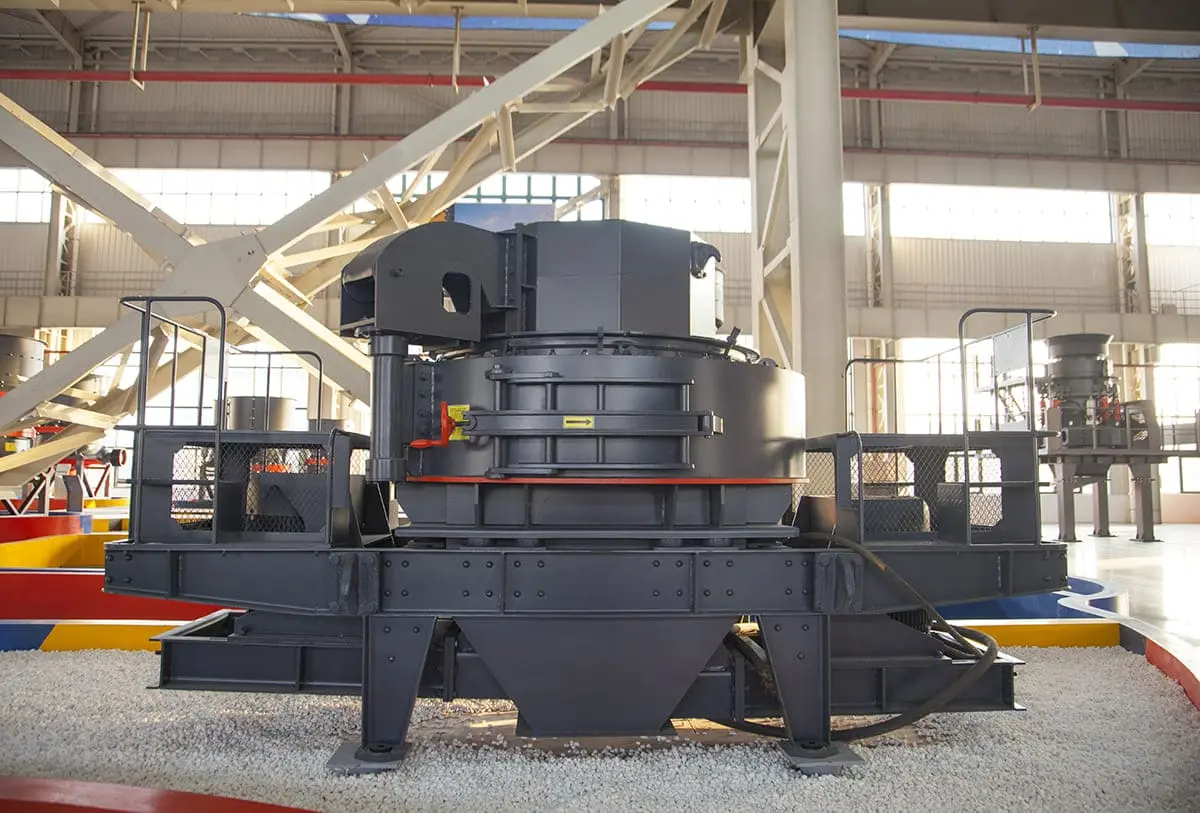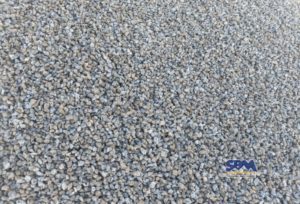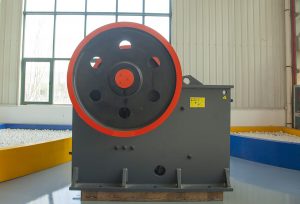Email: [email protected]
Basalt
Main Contents
Midnight sun glinting off black sand. My boots crunching over razor-sharp fragments of basalt at Reynisfjara—each step echoing through 80-million-year-old lava fields. This wasn’t textbook geology; it was visceral. That day, I stopped seeing basalt rock as just “aggregate” or “igneous material.” It became a character in Earth’s story—one that’s built continents, shaped civilizations, and humbled more than one crusher operator. Let’s cut through the academic jargon. This is what you actually need to know.
What is basalt?

Forget sterile definitions. Basalt is Earth’s sweat. When mantle rock melts under oceanic ridges or hotspot volcanoes (think Hawaii’s Kīlauea), it bleeds out as low-viscosity lava. Cool it fast—like quenching steel—and you get this fine-grained, iron-rich warrior of a rock. I’ve watched fresh flows steam into the Pacific: violent beauty crystallizing into landscapes.
Why contractors care: That same density that makes hiking boots sink in Hawaiian flow fields? It translates to 3.0 g/cm³ bulk density—20% heavier than granite. Your haul trucks feel that. Your crushers definitely feel it.
What are the types of the stone?
| Type | Where I’ve Stomped Through It | Hand Lens Clues | Contractor’s Verdict |
|---|---|---|---|
| Tholeiitic | Icelandic rift zones | Dense black, minimal vesicles, gritty feel | “Gold standard for rail ballast” |
| Olivine-rich | Hawaii’s Mauna Loa slopes | Green speckles (olivine phenocrysts) in black matrix | “Abrasive as hell – wear costs triple” |
| Vesicular (Scoria) | Santorini caldera cliffs | y, red-black, lightweight | “Skip the jaw crusher – go straight to impact” |
| Columnar | Devil’s Postpile, California | Hexagonal fractures, cannon-barrel stacking | “Blasting nightmares but premium cladding” |
What is the Mohs hardness of basalt?
That basalt boulder you’re staring down? Mohs 6. Here’s what that really means on site:
- Scratches crusher liner steel (Mohs 5.5) like a knife through warm butter.
- Laughs at a miner’s pick (Mohs 5.5).
- Meets its match with quartz (Mohs 7) – listen for that high-pitched screech during crushing.
Field test I use: Drag a steel nail across fresh fracture. If it skids without marking? That’s basalt. Now imagine thousands of tons of that eating your equipment.
What is the geographical distribution of basalt?
- Ocean Floors (Mid-Atlantic Ridge dive, 2018): 70% of Earth’s surface is basalt. Not sandstone. Not limestone. Basalt rock. Your future aggregate? Might currently be 2 miles underwater.
- Flood Basalt Provinces:
- India’s Deccan Traps: Quarried near Pune—supplies Mumbai’s mega-projects. Dust so fine it stains skin black.
- Columbia River Plateau: Drove through mile-thick stacks near Pasco, WA. Haulers love its consistent fracturing.
- Active Volcanoes:
- Hawaii: Where I learned basalt’s smell—sulfur and hot glass. Crushers work 24/7 feeding Kona’s resorts.
- Etna, Sicily: Watched operators curse vesicular flows jamming cone crushers.
Crushing Basalt: War Stories From the Trenches
Indonesia, 2019: A quarry manager showed me jaw crusher plates after 3 weeks on olivine basalt. Looked like termites attacked them. *”We lose €16,000/week in downtime,”* he said. Here’s what I’ve learned:
Basalt Crusher Selection: No Room for Error
| Machine Type | Where It Works | Where It Fails | SBM Model That Saved My Clients |
|---|---|---|---|
| Jaw Crusher | Primary reduction (blasted rock) | Olivine-rich feed = accelerated wear | PE750x1060 (reinforced Mn steel jaws) |
| Cone Crusher | Making spec aggregate (e.g., 19mm) | Sticky vesicular basalt | HST315 (hydraulic clearing = no jams) |
| VSI Crusher | Manufactured sand (concrete grade) | High-silica feed = rotor erosion | VSI6X1150 (rock-on-rock anvil design) |
Crushing Plant Reality Check:
- Wear Cost Tip: Basalt eats standard manganese. Demand A128 Gr C with 18% Mn. (SBM’s spec sheet proves it lasts 2.3x longer.)
- Throughput Killer: Fines <10mm packing in crusher cavities. Fix: Pre-screen with SBM’s heavy-duty grizzly.
- Profit Margin Secret: VSI shaping stone into 4.75mm-9.5mm chips? Sell to epoxy flooring suppliers at 3x aggregate price.
SBM Gear I’ve Seen Survive Basalt Warfare
(No brochure talk – site observations)
- Mobile Jaw+Impact Combo (e.g., K3T150-4+ PFW1315Ⅲ) in Turkish quarry: Processing 350 tph of sharp basalt. Key? Hydraulic gap adjustment during shift changes.
- Dust Control: the stone’s silica content demands suppression. SBM’s spray system cut airborne particulates to <1mg/m³ in Vietnam. Regulators stopped shutting them down.
Respect the Rock
Basalt isn’t “processed.” It’s negotiated with. That Mohs 6 hardness? It’s cost me two field laptops (vibration damage). That global distribution? Determines whether you pay $8/ton or $28/ton for haulage.
But when you see basalt pebbles in Lisbon’s Alfama district—worn smooth by 500 years of footsteps—you understand its legacy. We don’t conquer this rock. We adapt to it. Partner with engineers who’ve bled on it (like SBM’s field team). Specify crushers built for punishment. And never forget: That dark lump in your hand? It was born in fire. Treat it accordingly.



